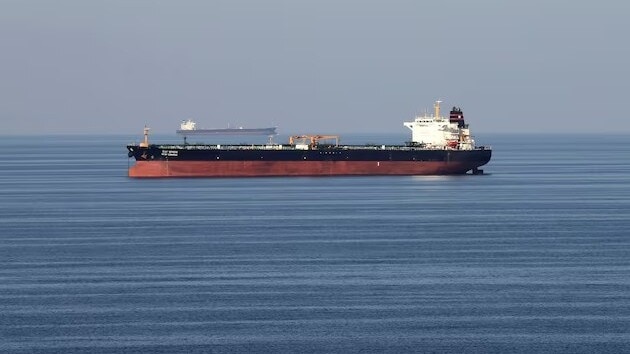As tensions escalate in the Strait of Hormuz following the Iran-Israel conflict, credit rating agency ICRA has warned that any sustained disruption in oil and gas supplies through the chokepoint could significantly strain India’s economy — pushing up oil imports, widening the current account deficit (CAD), and delaying private sector investment.
The Strait of Hormuz (SoH) is a strategic trade route through which nearly 20% of global oil and LNG flows. According to ICRA, around 45–50% of India’s crude oil imports and 60% of its natural gas imports pass through this corridor. “Crude oil imports from Iraq, Saudi Arabia, Kuwait and the UAE that pass through SoH account for ~45–50% of total crude imports by India. About 60% of the natural gas imports by India pass through SoH,” the report said.
Conflict erupted on June 13, when Israel launched pre-emptive strikes on Iranian military and energy sites. Oil prices jumped from $64–65 per barrel to $74–75 per barrel in the days that followed, reflecting fears of supply disruption.
ICRA estimates that a $10/bbl rise in average crude price could increase India’s net oil import bill by $13–14 billion in a fiscal year and enlarge the CAD by 0.3% of GDP. “A sustained flare-up in the conflict poses upside risks for our estimates of crude oil prices, and consequently of net oil imports and the current account deficit,” the agency noted.
While ICRA expects crude prices to average $70–80 per barrel in FY2026, it warns that a prolonged conflict in the region could push prices higher. “If the price persists at the current levels, it may not lead to a material revision in India’s GDP growth forecast, which is currently pegged at 6.2% for the fiscal. However, a sustained rise from the current levels would weigh on India Inc.’s profitability and the extended uncertainty may further delay private capex,” the report said.
Upstream oil companies stand to benefit from higher crude prices, but the picture is more complex for the downstream sector. “Increase in crude oil and gas prices will be positive for the profitability of upstream companies even as marketing margins of downstream players are adversely impacted,” ICRA said, adding that expansion of LPG under-recoveries is likely under elevated prices.
The report adds that there are limited alternatives for bypassing the Strait. “Saudi Arabia and the UAE have pipelines in place with a surplus capacity of around 2.5–3.0 mbd, leaving a significant supply at risk, in case the conflict heightens.”
More than 80% of the 20 million barrels per day (mbd) of oil transiting the Strait of Hormuz is consumed in Asia, with India, China, Japan, and South Korea accounting for about 65% of that demand.
While the full extent of damage to Iranian oil infrastructure is unclear, attacks on refineries, storage hubs, and energy assets have been reported. Iran produces around 3.3 mbd, of which 1.8–2.0 mbd is exported — meaning any sustained disruption could deepen global supply imbalances.







